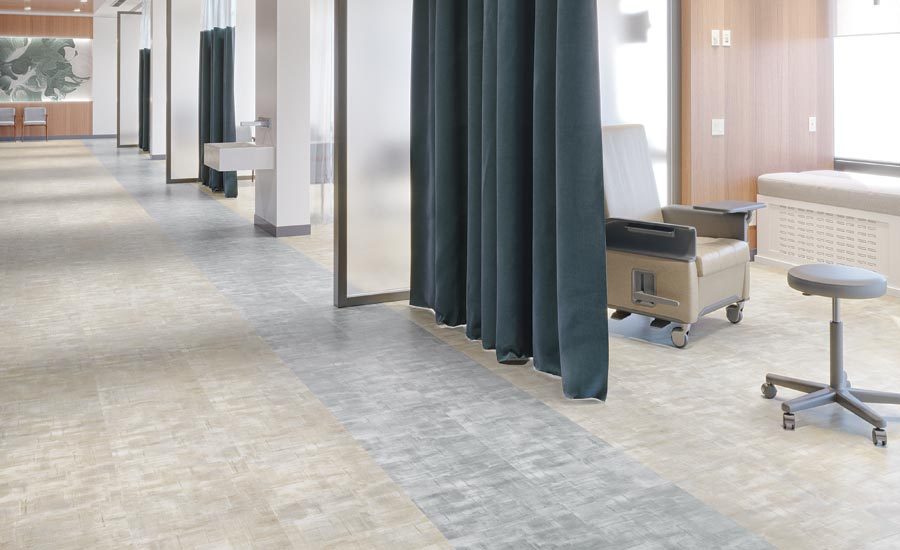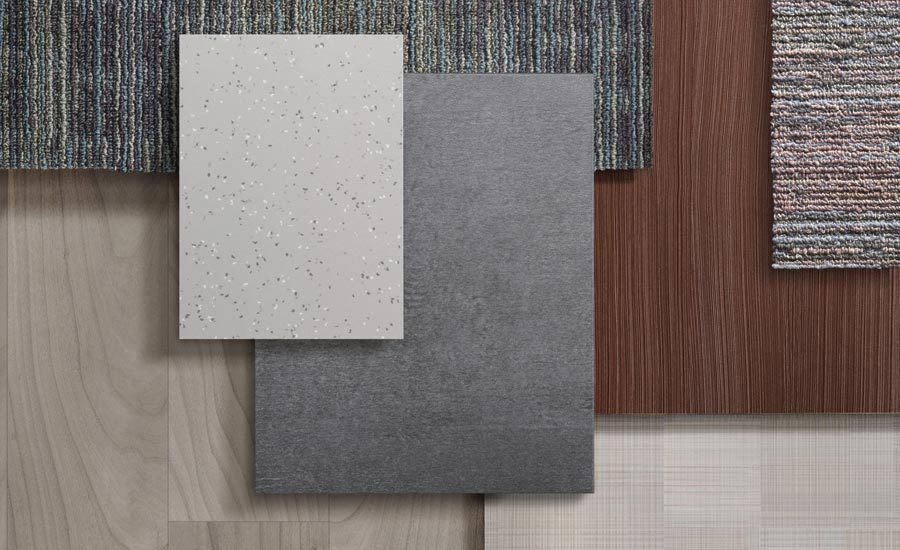Cynthia Hubbell, VP of Healthcare & Senior Living Segments - Mohawk Group




Cynthia Hubbell, VP of Healthcare & Senior Living Segments—Mohawk Group.




In May, Cynthia Hubbell joined Mohawk Group as its first vice president of healthcare and senior living. Hubbell is a graduate of the University of Georgia and has been an active member of the commercial flooring industry for 20 years. Her previous roles in the industry have included both national and international sales, most recently as director of healthcare development for Tarkett North America. We spoke with Hubbell about joining Mohawk Group and the opportunities she sees in the healthcare and senior living markets.
FT: Tell us about your new role and how you came to Mohawk.
Hubbell: I’m excited to be the vice president of healthcare and senior living for Mohawk. This is a new position for Mohawk as we move into segmentation. Previously, I was with Tarkett for 17 years. I loved my time at Tarkett, I learned a lot and worked with amazing people, and what prompted me to make the move at this point in my career was I really wanted to go somewhere where I could help build something, and more importantly, change the industry. Mohawk seemed like an amazing fit for me and this position was created. My objective here is to expand our healthcare program and take it in the direction of thought leadership. Our mission is not to be a vendor who sells products but to be a trusted partner who provides solutions. This is the most important segment of all the segments because of the growth opportunity and also because of our aging population.
FT: What inspired you to get into healthcare?
Hubbell: My father had a long and brave battle with Parkinson’s disease. I first started looking at evidence-based design about 15 years ago when my dad became sick. He slowly lost the ability to walk, which was really unfortunate, and we had a really long conversation. At the time, I was frustrated that I couldn’t do anything to help him and he said, “Well, I can’t really walk, and you’re in the flooring business, do you think you could do some things that could help me?” I said absolutely. That’s when I started looking at different flooring textures that could help Parkinson’s patients and others with neuromuscular afflictions walk more easily, and I think it’s one thing that really drives me. I wasn’t able to do this in time to help my father, but hopefully we can do it in time to help someone else’s. I also had a former mother-in-law who had a long battle with Alzheimer’s, so I’ve seen firsthand what is required for caregivers for dementia and how it affects everyone’s family.
You know, we were talking at a board meeting internally for Mohawk and I was sharing with everyone that I don’t see what we’re doing as a Mohawk story or a patient story; it’s our story because all of us at one time or another are going to be affected by some type of illness, whether its cancer or Parkinson’s or Alzheimer’s, so I think we have a real opportunity for the first time in our industry to offer some game-changing solutions.
First, we can look at the way that flooring can support patient-centered care in a healing environment. For example, with Alzheimer’s, we created some memory care guidelines for flooring. We’ve also created some design and product-specific guidelines for autism and behavioral health as well. Flooring can be part of the interior environment that helps control and manage a condition. That’s on a simple level. On a more sophisticated level, we can look at things we can do from an innovation standpoint. For example, if we can offer you floors that can tell you when someone fell or is about to fall, or if we could tell you in a hospital which rooms had been cleaned and which needed to be cleaned. We want to be trusted advisors to our clients, so it’s our job to take a look at what is happening now, what’s happening next. Let’s look at now, year three and what’s happening 10 years down the road.
FT: Do you have specific goals for your first year?
Hubbell: I have a lot to do, as you can imagine. We are committed to thought leadership, so we have some thought leadership partnerships with The Center for Health Design, with Planetree [a non-profit that provides education about healthcare organizations], with HKS Architects, with the New York City Healthcare Leaders Business Alliance, and with some other non-profits as well. So, our goal is to work with those who are not in the flooring industry so we can better understand what’s happening in healthcare now and also, more importantly, what is happening in the market that they need that is not currently being addressed.
The second portion would be to help all of our internal sales teams understand the needs of our healthcare clients. It’s not a black-and-white business model. Healthcare is a very gray business model, especially when we look at how these group purchasing organizations are coming into play with our clients, and these are the healthcare buying groups that are so prominent. Eighty-two percent of all the hospitals in the U.S., for example, belong to one or more of these buying groups. And so, it’s creating tools that will help our clients and our sales teams best serve our clients.
FT: What is your outlook for the healthcare and senior living markets?
Hubbell: Healthcare is growing at a rapid pace nationally and internationally. It’s the segment targeted for constant growth for the next 10 to 12 years. And that doesn’t matter if you live in Toronto or Los Angeles or Shanghai. It’s also interesting to see how design is coming into play now. I get asked a lot what are the color trends for healthcare, and really what is driving color in healthcare is not a certain color or set of colors. Color isn’t driven in healthcare like it is in fashion and other industries. What is driving color in healthcare is the branding colors of these health systems because we are no longer patients; we are healthcare consumers.
The Affordable Care Act and a few other types of legislation meant that 38 million people became viable for healthcare insurance. That’s when we saw a shift from just fee for service to offering a patient-centered care approach. No matter what area you live in you probably have noticed more advertisements on television, online on the radio about local and regional healthcare centers near you. And that’s the big push. Everyone is competing to retain existing clients because now we have more choices for healthcare and they also want to attract new clients as well.
The senior living is a fascinating part of the segment because 80 is the new 50. We are living longer, we are living healthier lives and senior living is not what is was 20 years ago. We have senior communities, we have senior independent living, assisted living and skilled nursing, so there are a lot of levels. Senior living has a lot of unique needs in comparison to acute care, but it’s one where we see more options for design and creativity. You see more higher-end designs in senior living now than we did 10 years ago. It’s not so much a hospitality feel, but it is a hospitality service approach with full-service housekeeping, dog walking, salons and spas—those kinds of amenities.
We are also seeing a lot of multigenerational housing being developed in urban areas. Previously, we saw high rises in New York City where young families would live in Brooklyn and we would see high rises in Midtown Manhattan where seniors would live, and now we are seeing a mix of both of those. A lot of the more thoughtful developers see the value of having multigenerational living.
Looking for a reprint of this article?
From high-res PDFs to custom plaques, order your copy today!












